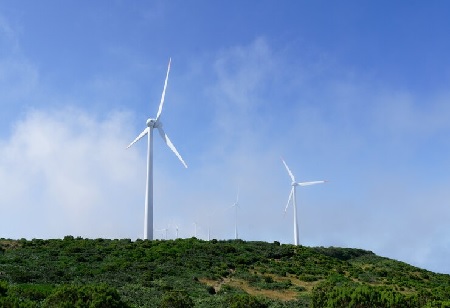
China’s Wind and Solar Capacity Beat Coal for the First Tme

 According to Rystad Energy, citing data from the National Energy Administration (NEA).China's makes shift to more cleaner energy is happening quickly than expected , with wind and solar power generation beating coal for the first time.
According to Rystad Energy, citing data from the National Energy Administration (NEA).China's makes shift to more cleaner energy is happening quickly than expected , with wind and solar power generation beating coal for the first time.
“Despite coal's early advantage, with around 50 GW [gigawatts] of annual installations before 2016, China has made substantial investments to expand its renewable energy infrastructure. Since 2020, annual installations of wind and solar energy have consistently exceeded 100 GW, three to four times the capacity additions for coal,” Rystad said.
This set the step for China as it recorded 293 GW of wind and solar installations last year driven by the grid connection of gigawatt-scale renewable hub projects from the NEA’s first and second batches, it noted.
As of the first half of 2024, China added only eight gigawatts of coal capacity, lagging behind wind’s 25 GW, and solar’s 105 GW.
“Efforts are now focused on phasing out smaller coal plants, upgrading existing ones to reduce emissions and enforcing more stringent standards for new projects. As a result, the annual capacity addition gap between coal and clean energy has widened dramatically, reaching a 16-fold difference in the first half of 2024,” Rystad said.
Simeng Deng, senior analyst at Rystad, said solar will be central to Beijing’s transformation. This is expected to surpass coal as the country’s primary energy source by 2026, with a cumulative capacity exceeding 1.38 terawatts, which is 150 GW more than coal.
Rystad added the country will face challenges, such as low utilization and intermittency, as it grows its clean energy capacity.
“Addressing these issues requires substantial upgrades to grid infrastructure to enhance transmission flexibility and storage capabilities. Battery storage will also be crucial for maintaining grid reliability, ensuring that stability is preserved as clean energy expands to meet the needs of a growing population and broader national targets,” it noted.

